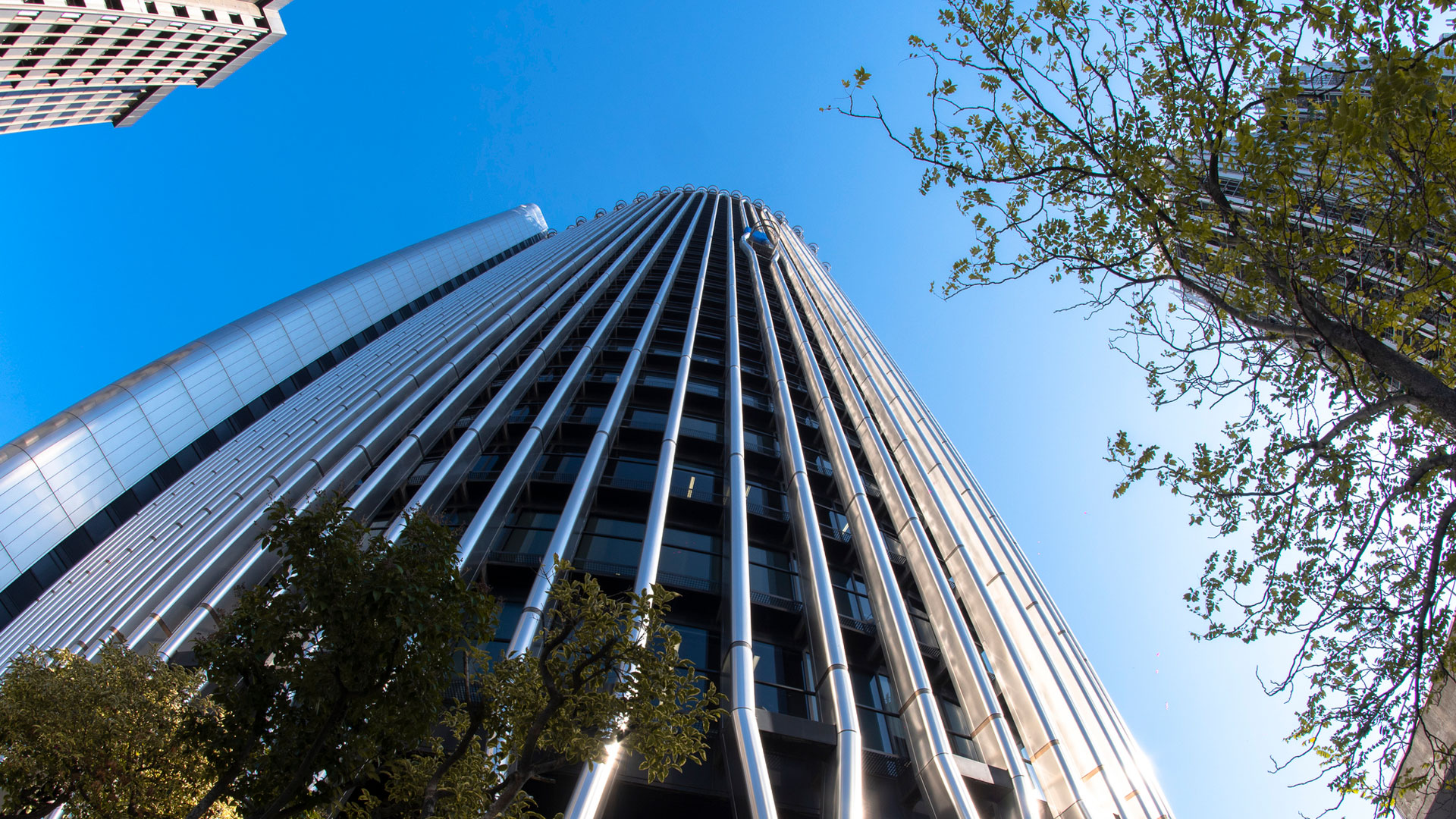15.04.2017 | Small rivers and residual water to produce power
Every little bit helps
In Switzerland, endeavours to generate electricity with small water volumes are a success. In fact, about 10 per cent of hydropower production comes from small hydroelectric plants. CKW and Axpo operate some of these “small-but-oho” plants. However, research is also being conducted in the area of new types of flow power stations.
Small hydropower stations are plants that have an average gross capacity of up to 10 MW. But oho: In Switzerland, small-scale hydropower covers about five per cent of current electricity production. That corresponds to around ten per cent of the energy coming from hydropower. These small power plants – currently over 1100 – produce approximately 3600 GWh of power per year. The Swiss Federal Office of Energy sees the growth potential as “high” based on the Energy Strategy. Therefore the Confederation supports Investments in small hydropower stations. Axpo operates a number of small hydroelectric plants, for example: Stroppel, Windisch, Kollbrunn, Au-Schönenberg, Bürglen, Moutier and Lotzwil, which belong to Axpo Kleinwasserkraft AG (see photos). The complete list of all small hydroelectric plants, that are part of Axpo is here.
Flow power plants
Projects are also underway to use river currents to generate power. Since February 2017, the University of Applied Sciences and Arts Western Switzerland (HES SO) has been testing a new type of flow power plant in the form of a turbine pipe that uses direct water flow to generate electricity. The prototype was installed in one of the spillways of the underground hydroelectric plant Lavey VD located on the border of the cantons of Wallis and Vaud (see photos).
The technology is still in the early stages says Project Manager Cécile Münch-Alligné. Similar turbines are used in marine tidal power plants, but this technology is also still in the development phase. The capacity of a “pipe” is quite low with 1kW, and the annual production of 8000 kWh would only supply two households.
Flow power plants
Projects are also underway to use river currents to generate power. Since February 2017, the University of Applied Sciences and Arts Western Switzerland (HES SO) has been testing a new type of flow power plant in the form of a turbine pipe that uses direct water flow to generate electricity. The prototype was installed in one of the spillways of the underground hydroelectric plant Lavey VD located on the border of the cantons of Wallis and Vaud (see photos).
The technology is still in the early stages says Project Manager Cécile Münch-Alligné. Similar turbines are used in marine tidal power plants, but this technology is also still in the development phase. The capacity of a “pipe” is quite low with 1kW, and the annual production of 8000 kWh would only supply two households.
The power station only needs to use the current to drive the turbines and hence no water has to be dammed up. Testing will take six months. Whether this innovative power plant type will one day go into mass production remains to be seen – and that would be at the earliest in three to four years, says Cécile Münch-Alligné.
Research in France is further along. Next year, a French energy company wants to install 39 such turbines in the Rhone River at Génissiat, about 45 kilometres from Geneva. These will produce 6700 MWh/year, corresponding to the consumption of 1675 households.
Drinking and wastewater plants
There is also potential to generate power from spring water catchments that often have steep gradients between the catchment, reservoir, and distribution system. ETH Eawag aquatic researchers estimate a potential of up to 60 GWh using the approx. 3000 existing public water supply systems. It would also be possible to use the gradient at wastewater treatment plants – currently 750 large and 3500 small plants in Switzerland – and turbine some of the wastewater (1450 million m3).
Compensatory feed-in remuneration
To support the development of power generation from renewable sources (hydropower, solar, wind, biomass and geothermal), the Federal government introduced compensatory feed-in remuneration (KEV) in 2008. A kilowatt-hour produced by a small-scale power plant is compensated on the average with 16 cents, which is way above the market price of 3 to 4 cents. Without this programme, many small-scale power plants would never have been built. Compensatory feed-in remuneration offers a relatively fast return on investment, which is attractive for private individuals as well as municipalities or companies. Switzerland currently supports 534 small-scale hydropower plants that produce a total of over 1,300 GWh. An additional 277 small-scale power plants in planning that would produce 1,000 GWh have been granted support – once construction is completed. Over 500 projects with a potential of over 2,000 GWh are on the waiting list.





